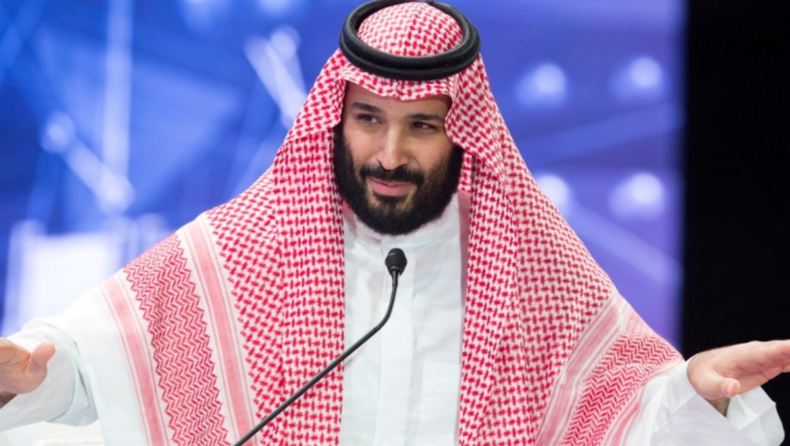A senior Saudi military officer even boarded the plane carrying Iranian refugees from Sudan as it was leaving Saudi Arabia on Saturday to wish them a fond goodbye.
Holding hands with Iran’s chargé d’affairesd to the kingdom, Hassan Zarangar, Major General Ahmed Al-Dabais said to the departing Iranians, “(This is) your country.” “You’re welcome in Saudi Arabia if you need anything… Saudi Arabia and Iran are brothers.
Images of the flower-filled welcome received by 65 Iranians who had been evacuated from Sudan by the Saudi military were shown on both Saudi and Iranian official media. Zarangar was informed by Dabais that the Iranians had received a cordial greeting “from the directives of the leadership, from the king, from the crown prince.”

Just a few months ago, when Iran and Saudi Arabia were fierce regional rivals engaged in a number of proxy wars throughout the Middle East, such images would have been unthinkable. After nearly seven years of antagonism, the two did, however, bury the hatchet in March with Chinese intervention, and they anticipate reopening embassies shortly.
A Saudi expert and writer named Ali Shihabi told CNN that this can only result in goodwill on the part of the Iranian people in the hopes that it will be returned.
The monarchy is currently working to improve its reputation abroad and repair relations with old adversaries.
The diplomatic initiatives are the most recent in a sequence of actions that observers believe represent a strategic turn away from Riyadh’s more than ten-year-long adversarial and aggressive foreign policy.
According to Anna Jacobs, senior Gulf analyst at the Brussels-based International Crisis Group think tank, “there is a new foreign policy at work here.” Saudi Arabia is attempting to impose itself on the world stage more and more through mediating conflicts and enhancing its diplomatic standing.
She said that Riyadh’s new foreign policy is more autonomous and gives Saudi interests precedence.
The kingdom’s most recent diplomatic effort was in Sudan, where soldiers loyal to two opposing generals, commander of the Sudanese Armed soldiers (SAF) Abdel Fattah
Al-Burhan and leader of the Rapid Support Forces (RSF) Mohamed Hamdan Dagalo, are fighting for power. The battle has resulted in hundreds of deaths and countless injuries.
Thousands of refugees were transported by the Saudi Arabian military from Port Sudan to the seaside city of Jeddah over the Red Sea in photographs that were extensively distributed by Saudi news agencies. Saudi flags were distributed to men, women, and children for them to wave while cameras captured their arrival.

On Monday, the monarchy said that it had evacuated over 5,000 individuals from over 100 different nationalities.
According to Fahad Nazer, spokesman for the Saudi embassy in the US, “We will do whatever we can to alleviate this crisis,” he said to CNN’s Becky Anderson on Tuesday. Although we are leading this effort, we also collaborate closely with the US and our regional and global partners.
Jacobs claimed that the country’s prior interventionist tactics had only “led to greater regional instability and increased security threats against Saudi Arabia.”
Riyadh is repairing ties with Turkey, the Syrian regime, the Houthis in Yemen, and Iran in addition to Iran. Over a decade after severing ties with it, it has been leading efforts to reintegrate the pariah president of Syria, Bashar al-Assad.
Additionally, senior members of the Palestinian militant organisation Hamas were spotted making the Hajj in Mecca just last month. Mahmoud Abbas, the president of the Palestinian Authority, visited MBS, the Saudi crown prince, two days later in the adjacent city of Jeddah. For more than ten years, Hamas and the Palestinian Authority have been at conflict. For the past ten years, there had also been tension between Saudi Arabia and Hamas.












